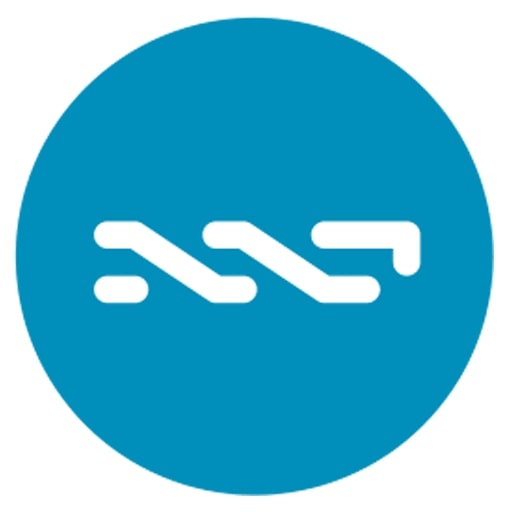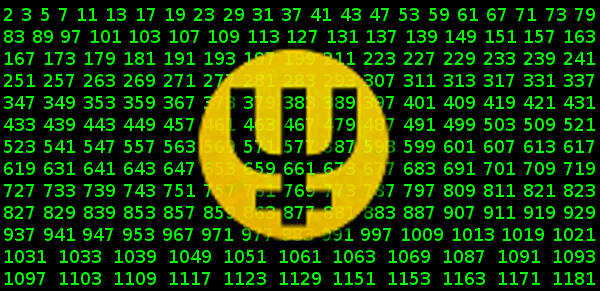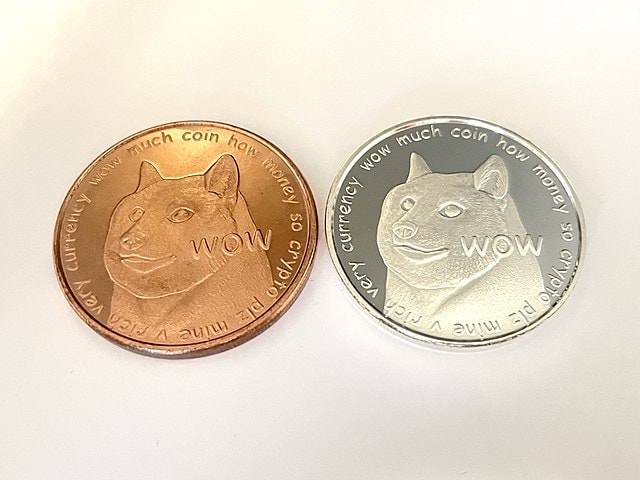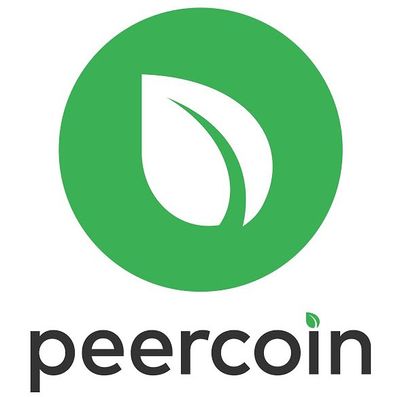The concept of digital or virtual currency was first introduced in 1983 by American cryptographer David Chaum. He published a conference paper outlining the idea of anonymous cryptographic electronic money that was not issued or controlled by a central authority.
During the following two decades, research and experiments were done by different entities to build upon Chaum’s early idea of digital currency. Chaum himself developed a proto-cryptocurrency named Digicash in 1995. However, it took two more decades to successfully implement the idea of launching a cryptocurrency and making it accessible.
Since its introduction, cryptocurrency has seen many ups and downs and has attracted a fair amount of criticism. Time and again, economists described it as an economic bubble.
However, despite all the opposition and controversies, it has been proved that cryptocurrency is here to stay. In this article, we list the 9 oldest cryptocurrencies that were launched during the initial years of digital currency.
9. Nxt
Year of introduction: 2013
Symbol: NXT
Founder: BCNext (pseudonym)
Programming language: Java

NXT was created in 2013 by anonymous software developer BCNext. It is termed the second-generation cryptocurrency that aims to enhance the functionality of the crypto.
NXT has a complex core infrastructure that enables fully decentralized asset exchange and allows users to contribute to the blockchain without hassles. However, the complexity of the infrastructure increases the chance of creating more flaws and mistakes.
This cryptocurrency was developed with one billion coins. On 28 September 2013, BCNext announced the proposed launch of NXT. A fundraiser was launched to determine the distribution method of the initial stake. The crowdfunding was open till 18 November 2013 and collected 21 bitcoins worth $17,000.
Did You Know?
NXT was the first crypto coin purely based on the proof-of-stake consensus mechanism. A mechanism that is more energy efficient and requires minimal hardware.
8. Primecoin
Year of introduction: 2013
Symbol: XPM
Founder: Sunny King (pseudonym)
Programming language: TypeScript, C++

Sunny King, an anonymous hacker, launched Primecoin on July 7, 2013. Primecoin used an algorithm that is different in nature from the earlier cryptocurrencies such as Bitcoin.
It implements an innovative proof-of-work method based on calculating chains of prime numbers. It produces useful results and also meets the criteria for a proof-of-work system. Performing the calculation is difficult, but verification is easy. The difficulty level can be adjusted.
It computes three types of prime number chains: the Cunningham chain of the first kind, the Cunningham chain of the second kind, and the bi-twin chain. The results are published on a public ledger that can be accessed by anyone, including scientists and mathematicians.
Did You Know?
Instead of changing the difficulty every 2016 block, Primecoin changes it every block. Besides, it targets to limit the block generation period to one minute.
7. Gridcoin
Year of introduction: 2013
Symbol: GRC
Founder: Rob Hälford
Programming language: C++

Gridcoin is an innovative project launched in 2013. Founder Rob Hälford created this open-source cryptocurrency to crowdsource calculations of scientific projects. Volunteers are rewarded with Gridcoin for computing through the BOINC platform.
BOINC is an open-source platform where individuals can volunteer to compute for science research projects using their computers and phones. They can join the platform for free and earn rewards in the form of Gridcoins for their contributions.
The platform currently houses more than 30 science projects from different disciplines. Some of the examples of existing projects include tackling problems in public health and clean energy, protein structure prediction, and mapping the Milky Way galaxy.
Did You Know?
The implementation of Gridcoin-Research is licensed under The MIT License, a free software license originated at the Massachusetts Institute of Technology.
6. Dogecoin
Year of introduction: 2013
Symbol: DOGE, XDG, Ð
Founder: Jackson Palmer and Billy Markus
Programming language: C++

Dogecoin is an open-source peer-to-peer digital currency that has an incredibly interesting history. This cryptocurrency was created by IBM software engineer Billy Markus and Adobe engineer Jackson Palmer in 2013.
Markus and Palmer created Dogecoin to mock bitcoin and other cryptocurrencies. It was the time when speculations were made that cryptocurrency would be the future and take over the world.
The duo planned to create a cryptocurrency that could reach wider demography than bitcoin. Dogecoin uses the Scrypt algorithm. The transaction process of this crypto is faster and more convenient.
Dogecoin is termed the first meme coin, and the log features the face of the Shiba Inu dog from the doge meme. The crypto was an instant hit as it took over the internet by storm. Although it was created just as a joke, some believe it is worth investing in this satirical crypto coin.
Did You Know?
In 2021, Dogecoin experienced an unexpected surge in price, thanks to Twitter encouragement from Elon Musk. That year, the market capitalization of Dogecoin reached $50 billion.
5. Ripple
Year of introduction: 2012
Symbol: XRP
Founder: Jed McCaleb, Arthur Britto, and David Schwartz
Programming language: C++

Ripple Labs Inc. introduced its digital currency XRP in 2012. It is known to have one of the most ambitious goals in the crypto space. The currency was launched to enable banks and other financial institutions to exchange money with minimal fees and wait time.
It proposed a new way of operating blockchains where only select network participants are allowed to help validate transactions. More than 150 participants are in the network that is known as Unique Node List.
The XRP cryptocurrency uses a consensus system that involves bank-owned servers to verify transactions. A transaction is accepted only when the majority of the validators verify it. Validators compare a proposed transaction to the XRP Ledger’s most recent version to validate it.
Did You Know?
At the time of the XRP ledger’s launch, the founders pre-mined 100 billion XRP tokens. 80 billion of them were given to Ripple to fund future operations and development, and the rest were divided among the founders. No more XRP can be created beyond those original 100 billion tokens.
4. Peercoin
Year of introduction: 2012
Symbol: PPC
Founder: Sunny King (pseudonym) and Scott Nadal
Programming language: C++

Peercoin is a peer-to-peer cryptocurrency that markets itself as a sustainable crypto coin. Peercoin uses both proof-of-state and proof-of-work mechanisms.
Peercoin was developed based on a paper released in August 2012. The paper was authored by Scott Nadal and Suny King, which was a pseudonym. The following year, Sunny King created Primecoin.
Peercoin was the first cryptocurrency to use a proof-of-state system. In this system, an individual who holds 1% of the currency will generate 1% of all proof-of-state coin blocks. This system is effective in making a monopoly more expensive.
Did You Know?
Proof-of-state technology consumes 1000 times less energy than the proof-of-work system used by Bitcoin.
3. Namecoin
Year of introduction: 2011
Symbol: NMC
Founder: Vincent Durham
Programming language: C++

Namecoin was the first cryptocurrency forked from bitcoin software. Namecoin was a result of a discussion that was started in the BitcoinTalk forum in September 2010. Participants in the discussion brought up the topic of generalizing bitcoin and toyed with the idea of creating a hypothetical system called BitDNS.
Bitcoin founder Satoshi Nakamoto and bitcoin software engineer Gavin Anderson joined the discussion and encouraged the idea. A reward was announced in December 2010 for implementing the idea of BitDNS.
Namecoin uses a proof-of-work algorithm, and the transaction is handled by a peer-to-peer network.
Did You Know?
Namecoin is known for introducing censorship-resistant top-level domain .bit. The functionality of the domain is similar to .com or .net but not under the control of the Internet Corporation for Assigned Names and Numbers.
2. Litecoin
Year of introduction: 2011
Symbol: LTC, Ł
Founder: Charlie Lee
Programming language: C++

Litecoin was launched in October 2011 by Charlie Lee, an engineer working at Google, who later became the director at Coinbase.
By the time Litecoin was conceptualized, bitcoin mining was heavily dependent on GPUs. Users were concerned that CPU resources would soon become obsolete for mining, and that would make it difficult for many to enter the crypto mining market.
Experiments were being done to mitigate this challenge, and an alternative currency called Tenebrix was created. It was not well-received mainly due to a lack of fairness. Charlie Lee first created a modified version of Tenbrix and named it Fairbrix (FBX). Later, he improved the FBX and launched Litecoin.
Did You Know?
Litecoin uses a codebase that is a slightly modified version of the bitcoin codebase. Due to this similarity, Litecoin has historically been known as the “silver to Bitcoin’s gold.”
1. Bitcoin
Year of introduction: 2009
Symbol: BTC, XBT, ₿
Founder: Satoshi Nakamoto
Programming language: C++

Bitcoin is the oldest cryptocurrency ever created and thus, has become almost synonymous with crypto coin.
In October 2008, a whitepaper titled Bitcoin: A Peer-to-Peer Electronic Cash System was posted to a cryptography mailing list. The paper was authored by Satoshi Nakamoto. The identity of Nakamoto was never revealed, and it is still unknown whether Nakamoto was a single person or a group.
On January 3, 2009, Nakamoto mined the initial block of the chain of the bitcoin network, which is known as the genesis block.
Did You Know?
Recently, some local and national governments have begun using bitcoin. It is now a legal tender in El Salvador and the Central African Republic. Ukraine is accepting donations in bitcoins during the ongoing Russian invasion.











